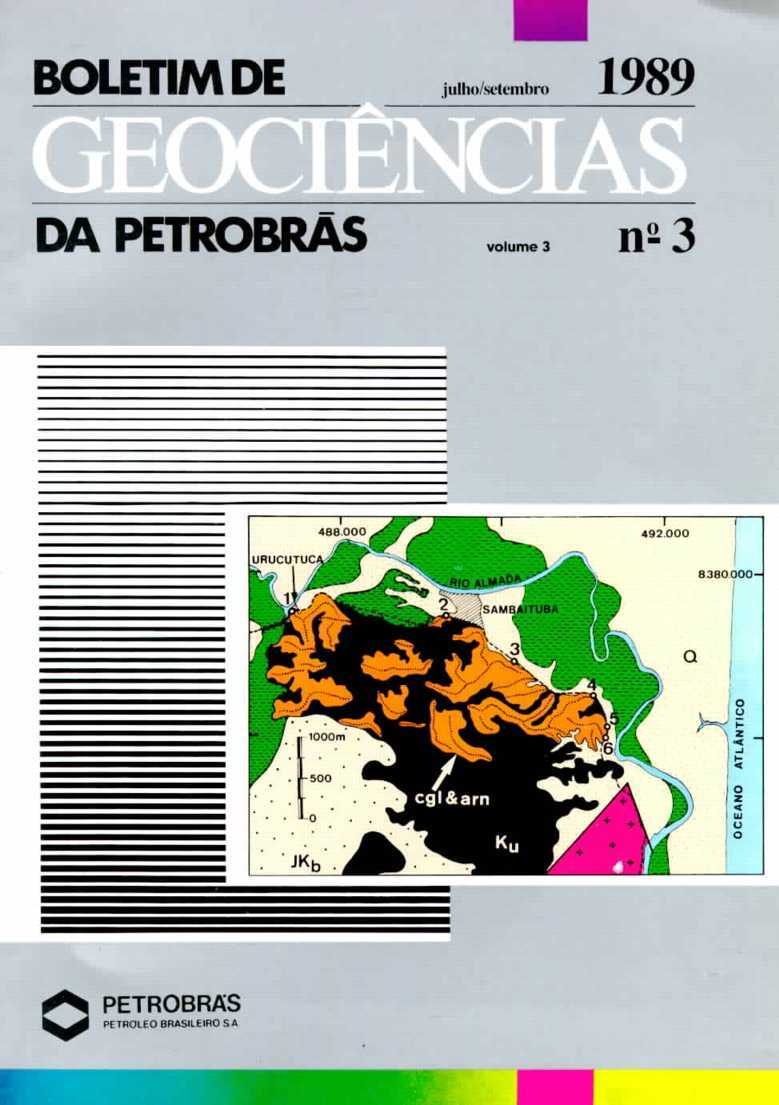EVALUATION OF AIRGUN ARRAYS AS MARINE SEISMIC SOURCE
Abstract
At present, the airgun is the most widelv used seismic energy source in marine surveys. Because reliance on one single airgun fails to provide adequate power and also produces the so-called bubble effect, it is necessary to employ arrays of variably sized guns, which cancel secondary pulses by destructive interference while maintaining the constructive interference of primary pulses within appropriate seismic frequencies. Despite the advantages offered by such arrays, their dimensions are generally greater than the seismic wavelengths generated by the airguns, ,and therefore the signature will depend on the position from which it is observed. Arrays may vary in geometry, pressure, volume, and airgun type; knowing the shape and amplitude of the acoustic signal which it emits, a particular configuration can be evaluated through time and frequency domain analyses. ln the time domain, attenuation of the bubble effect can be quantified using the ratio of primarv and secondarv pulse amplitudes (PBR). Signatures with a large PBR display a minimum phase property, needed to deconvolve the signature during processing. ln the frequency domain, energv at each frequency band can be quantitatively ascertained. The latter analysis will reveal whether the acoustic signal emitted b v the arrav displays either adequate low frequencv band energv (lending the array a greater penetration capacity) or adequate high frequency band energy (lending it a high resolution capacity). These two characteristics - penetration and resolution - are important in Brazilian basins since both must often be present for exploration purposes.
Downloads
Published
Issue
Section
License
This license enables reusers to distribute, remix, adapt, and build upon the material in any medium or format, so long as attribution is given to the creator. The license allows for commercial use.




